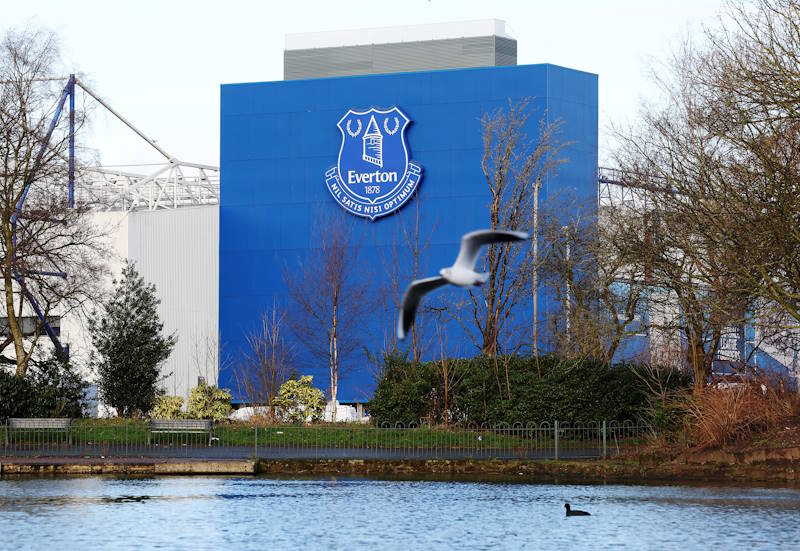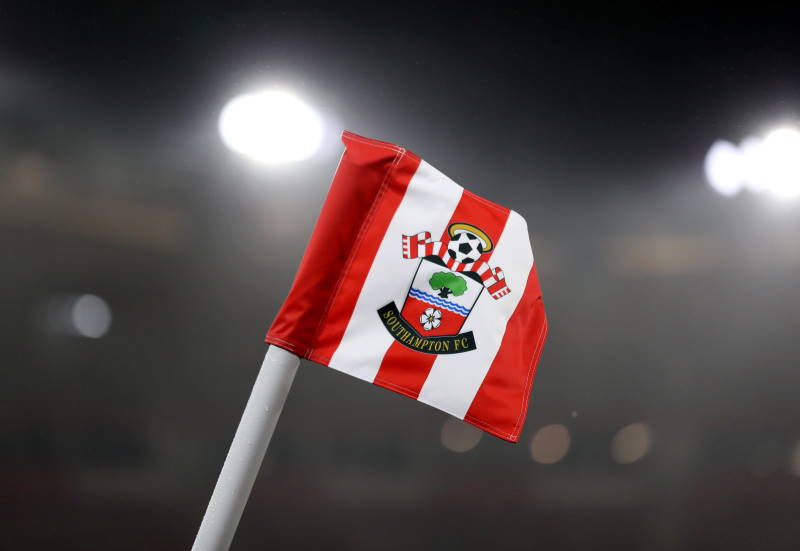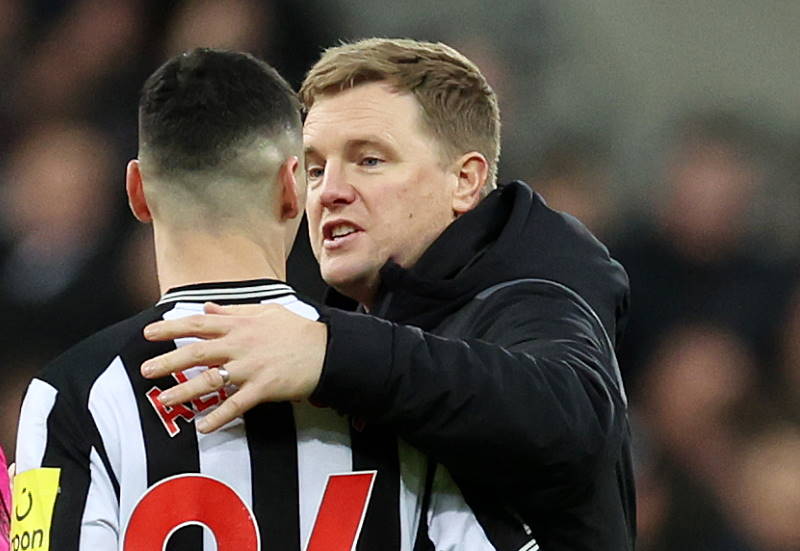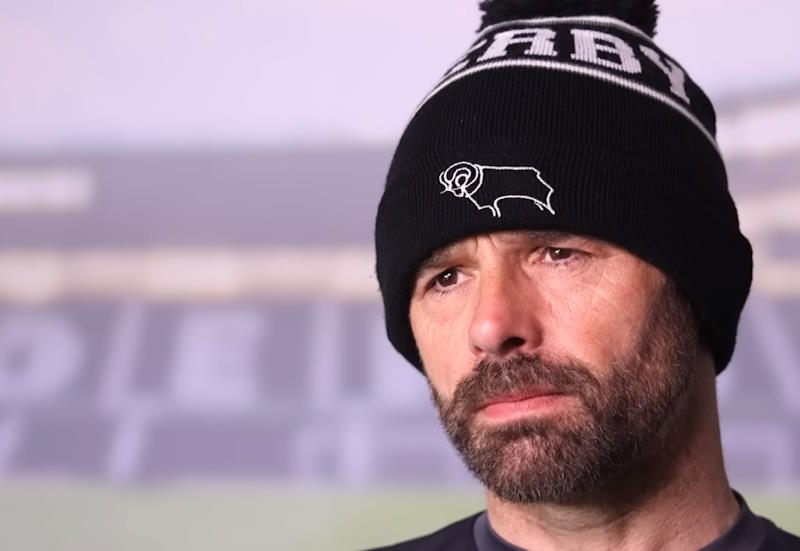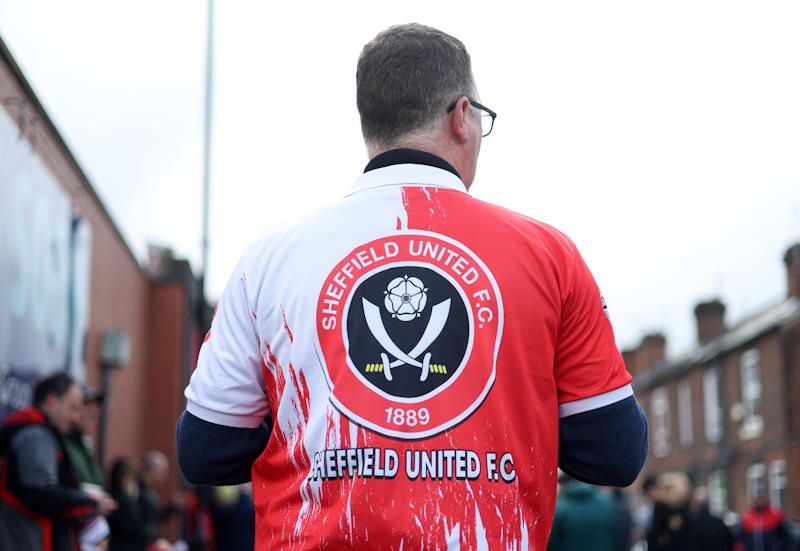
When Atletico Madrid parted company with Gregorio Manzano contemporaneously to Diego Simeone quitting his position at Argentina’s Racing Club there was never any doubt as to who would be sitting in Vicente Calderon dugout come the new year. As a former Atletico player and an integral part of the side that won a Spanish league and cup double in 1995/96, ‘El Cholo’ is fondly remembered by supporters and was quick to sign an 18-month contract with his former employers.
Despite being described as a “born coach” by former Argentine international Roberto Perfumo, Simeone has endured a patchy coaching career thus far, performing well in short bursts but unable to maintain momentum over a full-length season. The split of the Argentine league season into two half-length tournaments saw him win titles with Estudiantes and River Plate, but his success with River was followed by the club finishing dead last in the following tournament.
Compared to Marcelo Bielsa in his early days as a coach, Simeone’s sides played high tempo football, often described as ‘European’ in the Argentine media, making full use of width of the pitch and defending with a high line. He transplanted these ideas to Italy, where he took over at Catania for the second half of the 2010/11 season, finding success in a league where narrow formations are prevalent. When he arrived, Catania were 15th, three points above the relegation zone; by the end of the season they were 13th, ten points clear of the drop.
Despite being contracted until June 2012, Simeone resigned at the end of campaign and returned to Argentina to take charge of Racing, the club with which he began his coaching career with a brief spell in the early part of 2006. But it soon became clear that this was a different, more cynical Simeone to the one that had last been seen in his homeland struggling to get the best out of a San Lorenzo side going through difficult times.
His Racing side were a rather joyless bunch, relying too heavily on their Colombian pairing of Giovanni Moreno and Teofilo Gutierrez for inspiration. Defensive solidity was prioritised, creating a miserly back-four who conceded just eight goals in the 19 matches of the 2011 Apertura, but blunting the side’s attacking potential in the process, causing Simeone’s men to score less than a goal a game over the course of the campaign. Racing finished second, but a full twelve points behind champions Boca Juniors – the largest gap between first and second since the half-season tournaments were introduced in 1991. Despite their high finish they were certainly not highly acclaimed.
Atletico supporters may, therefore, be wondering which Simeone will turn up at the Vicente Calderon. Will they get the Bielsa-esque Simeone of old or the cynical, defensive version that appeared at Racing? Looking at Atletico’s problems so far this year they probably need a mixture of both, but such a balance is often all but impossible to find.
Going into the winter break, only two teams have conceded more goals than Atletico and their defending has, at times, been shambolic. Most comfortable playing in a three-man defence, summer signing Miranda has struggled a little with both the transition to a four-man defence and to a new league. His defending has generally been fairly sound, but he has also displayed a propensity for errors of judgment that put his team in danger, a fallibility that has long afflicted Atletico defenders.
The club also lavished (or at least partly-lavished) €40M on Colombian striker Radamel Falcao Garcia over the summer, hot on the heels of his incredible 38 goals in 42 games for Andre Villa Boas’ all-conquering FC Porto side. Falcao has thus far scored nine in 13 starts in La Liga, but has not convinced with his general play, struggling to hold up the ball and bring others into the game.
Simeone worked with Falcao at River Plate, often playing him a little deeper than he has subsequently become accustomed to. Simeone saw the benefit of placing an associative player, one who prospers in close contact with his team-mates, in a more densely populated area of the pitch, even if it did somewhat impact upon his effectiveness as a goalscorer. But that was a younger Falcao, a player still learning his craft. Atletico’s directors, having spent so heavily to obtain his goalscoring prowess, would likely be somewhat bemused to see him being deployed so far away from goal.
There does, therefore, seem to be two options for Simeone: either push the whole team up the pitch and play a high-tempo 4-2-3-1 formation with Arda Turan, Diego and Adrian all in closer proximity to Falcao, or prioritise solidity over attacking prowess and move to a deep lying, narrow 4-3-1-2 formation, with Diego as the playmaker and Falcao joined by a regular central partner up front. Atletico are not exactly blessed with an abundance of pace in defence and this season has already witnessed examples at Inter Milan and Chelsea of the harm playing a high line with players unsuited to it can cause. Therefore, the second option seems most likely unless significant money is made available for investment during winter break.
History has shown that the South American coaches who enjoy the most success in Europe are generally those who had experience in the region as players and Simeone certainly has an abundance of that from his long spells in Italy and Spain. But history has also shown Atletico’s directors to be highly impatient – Simeone becomes the 49th coach to take charge since the current owners took over in 1987 – and Simeone, taking his seventh job since 2006, to flit between jobs at a greater rate than he gets through tubs of hair gel. With such combustible elements at play, his spell at the Vicente Calderon is sure to be anything but dull. Atletico’s supporters will just have to hope the same can be said of the football.






